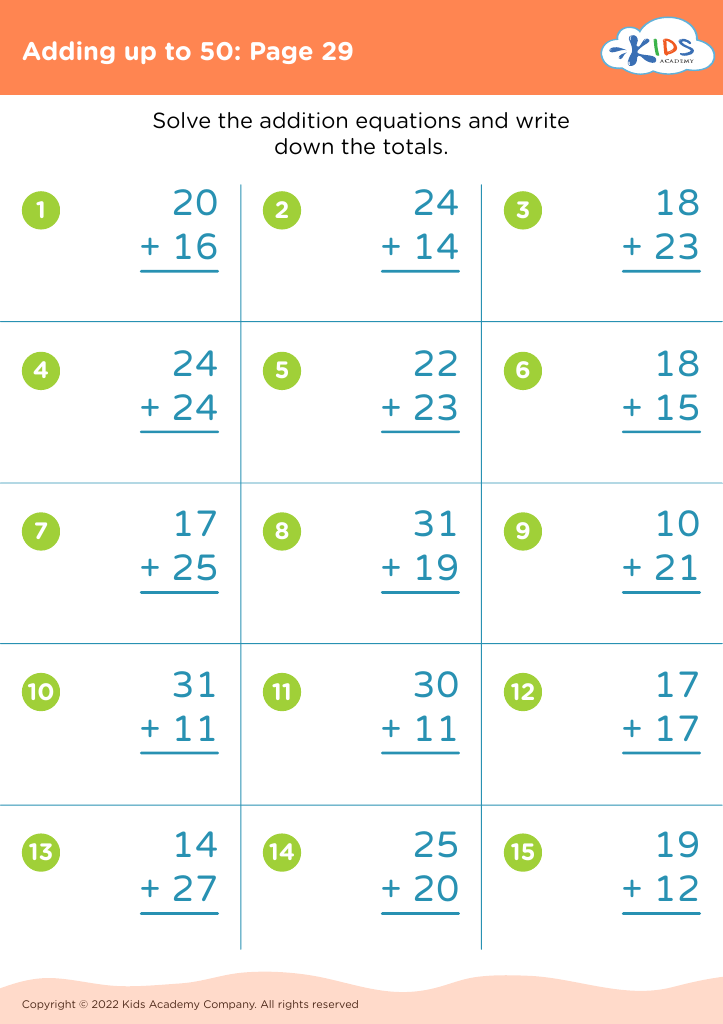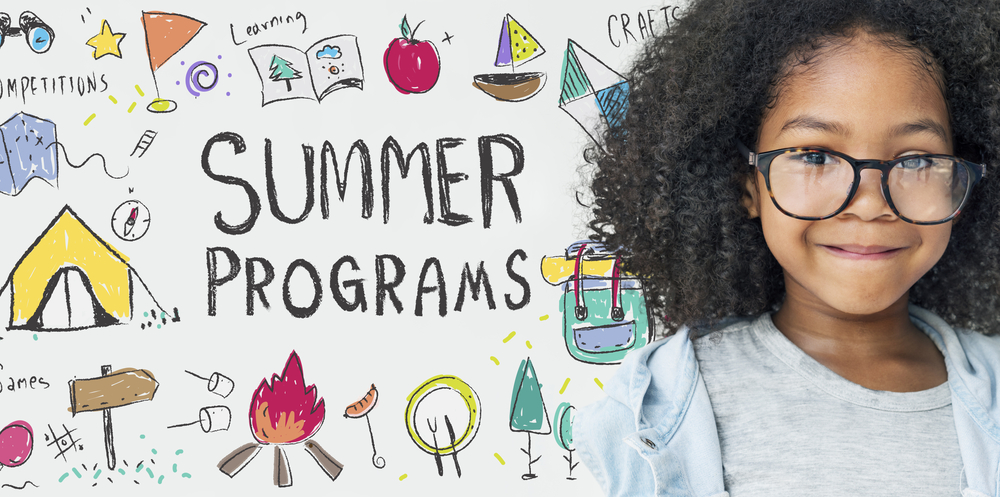Fraction Addition Math Worksheets for Ages 6-7
15 filtered results
-
From - To
Introduce young learners to the basics of fraction addition with our engaging worksheets designed for ages 6-7. Our collection offers fun, colorful exercises that simplify the concept of adding fractions with the same denominator. These worksheets incorporate visual aids, such as pie charts and number lines, to help children visualize the process and grasp the concept effortlessly. Perfect for classroom or at-home learning, our fraction addition worksheets build foundational math skills, enhance problem-solving abilities, and boost confidence in young mathematicians. Explore our curriculum-aligned activities for a smooth and enjoyable introduction to fraction addition.


Shared Food Worksheet
Parents and teachers should care about introducing fraction addition to children ages 6-7 because it lays the foundational understanding of key mathematical concepts that they will use throughout their education and daily life. At this age, children are capable of grasping basic mathematical principles, and early exposure helps build a strong number sense. Learning fractions helps in the development of critical thinking and problem-solving skills. By understanding fractions, children can better comprehend how parts relate to a whole, which is crucial for more advanced math topics like ratios, percentages, and algebra.
In real life, an understanding of fractions is practical and necessary. Simple tasks such as dividing a pizza, measuring ingredients for a recipe, or managing time are all easier with fraction knowledge. Early competence with fractions fosters confidence in tackling math-related challenges, encouraging a positive attitude towards learning math.
Furthermore, engaging in hands-on activities like using pie charts, number lines, and fraction strips can make learning fractions fun and interactive. This interaction promotes cooperative learning among peers and strengthens communication skills. In essence, giving children a head start with fraction addition not only impacts their academic success but also equips them with practical life skills and encourages an enduring interest in mathematics.
 Assign to My Students
Assign to My Students



































